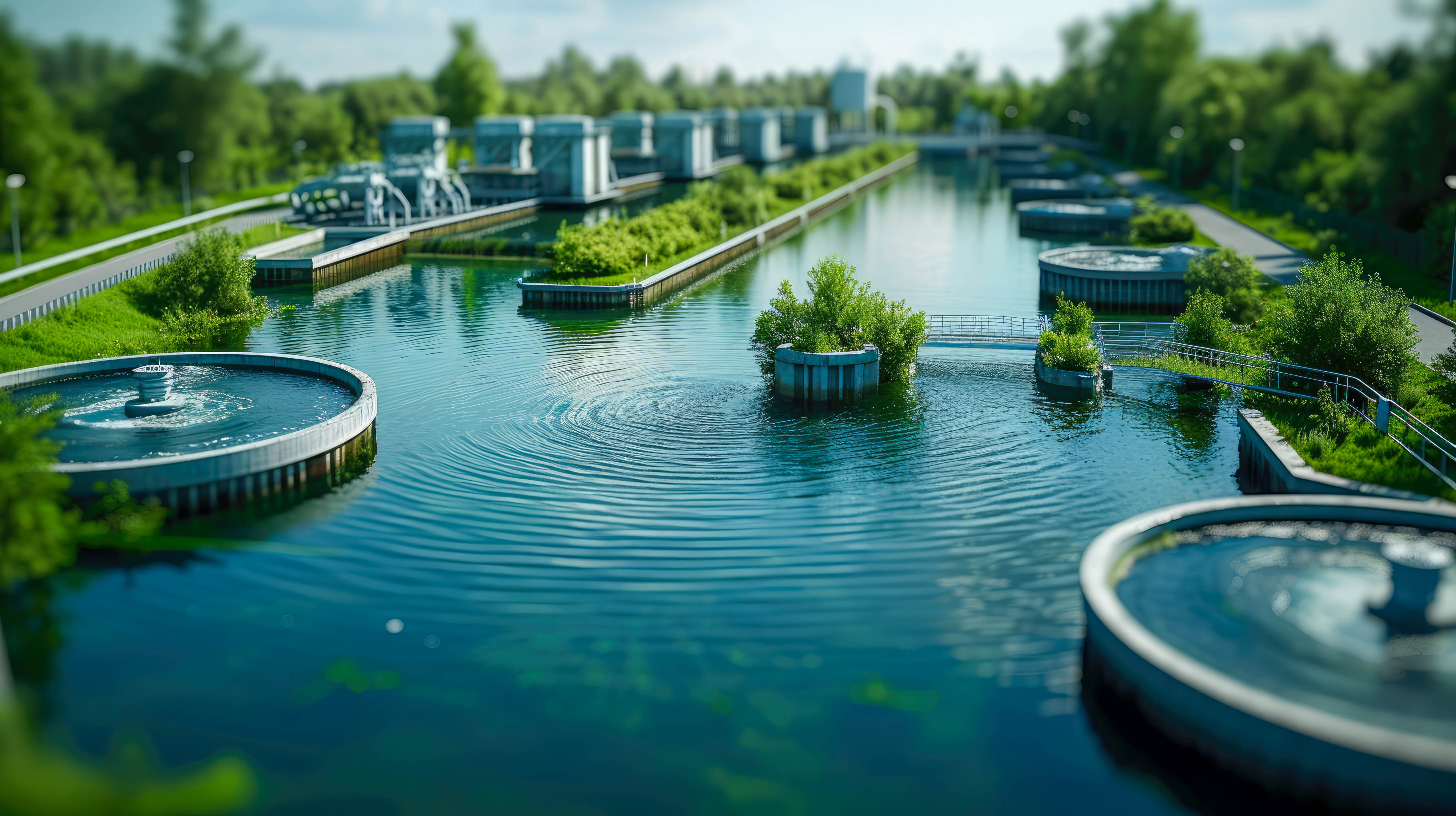Hydrology and Water: Water Purification and Conservation Tech in 2025
Introduction
Hydrology, the study of water's movement, distribution, and quality on Earth, intersects critically with human survival in 2025, as climate change and population growth exacerbate scarcity—over 2.4 billion people face water stress annually. Water purification and conservation technologies have emerged as vital lifelines, transforming contaminated sources into safe supplies and optimizing usage to stretch finite resources. In 2025, new technologies like AI-driven wastewater treatment and energy-saving graphene desalination are combining science and sustainability to tackle problems such as urban runoff and excessive water use in farming.
This article breaks down the science of hydrology, reviews cutting-edge purification methods like advanced filtration and membrane tech, explores conservation strategies including smart sensors and IoT systems, and highlights trends from Xylem's 2025 report and StartUs Insights' top 10 developments. With projections of a 55% increase in global water demand by 2050, these technologies are more than just tools; they are essential for building resilient futures. Whether you're a homeowner installing a smart purifier or a policymaker eyeing municipal upgrades, understanding these advancements empowers action in a parched world.
The Foundations of Hydrology: Water Cycles and Challenges
Hydrology encompasses the water cycle—evaporation, condensation, precipitation, infiltration, and runoff—governing freshwater availability. In 2025, disruptions from warming (up 1.2°C since pre-industrial) intensify droughts and floods, with 2024's record heatwaves in India and Europe depleting reservoirs by 20%. Contamination compounds issues: Industrial runoff carries heavy metals, while microplastics pollute 80% of global tap water, per WHO.
Purification addresses quality; conservation tackles quantity. A 2025 UNESCO report notes 2.2 billion lack safe water, underscoring tech's urgency. Innovations target both: Purification removes pathogens/nutrients; conservation recycles/reduces waste. Enter 2025's breakthroughs, where AI and nanomaterials lead the charge.
Water Purification Technologies: From Filtration to Desalination
Purification tech has leaped forward, with 2025's trends focusing on efficiency and scalability, per StartUs Insights' analysis of 1,400+ startups.
Advanced Filtration and Membrane Technologies
Traditional sand filters evolve into smart systems. Graphene-based membranes purify seawater with 99% salt rejection and use 50% less energy than reverse osmosis (RO), as highlighted in One Green Filter's 2025 outlook, enabling portable units for remote areas. NanoChem Solutions' January report praises advanced ultrafiltration (UF) for removing 99.99% of viruses and integrating with IoT for real-time monitoring—ideal for municipal plants.
Carbon-based purification dominates: According to MMCPL's June guide, activated carbon filters capture organic materials in 95% of systems, while graphitic carbon nitride photocatalysts break down pollutants using sunlight, offering an eco-friendly option for cleaning wastewater A ScienceDirect study on Intelligent Water Purification and Ecological Conservation (IWPEC) systems uses IoT for 30% better efficiency in rural India, combining UV disinfection with solar-powered filters.
Desalination: Turning Salt to Fresh
Desalination supplies 1% of global water but grows 10% yearly. 2025's innovations: MyWaterRank's top 10 lists low-energy capacitive deionization (CDI) that uses electrodes to pull ions, consuming 80% less power than thermal methods. Graphene oxide membranes, according to a June article from Innovation News Network, enable portable desal units for disaster zones, desalinating 1 L/min at $0.50/m³.
Hybrid systems shine: Xylem's Water Technology Trends 2025 report forecasts AI-optimized desalination plants that predict fouling, extending membrane life 25%. Saudi Arabia's NEOM city deploys solar-thermal hybrids, producing 5 million m³/day sustainably.
Emerging Tech: Beyond Membranes
Nanobubble technology aerates water, boosting disinfection 40% without chemicals, per Drizzlex's January article. Electrochemical oxidation zaps microbes via electrodes, a compact solution for homes. 2025's wildcard: Bio-inspired filters mimicking shark skin for self-cleaning, slashing maintenance 50%.
These techs, per Genviss, save industries $10B in water costs annually.

Water Conservation Technologies: Smart Systems and Efficiency
Conservation complements purification by minimizing waste—2025's mantra: "Use less, reuse more."
Smart Sensors and IoT Monitoring
StartUs Insights' February report ranks water quality monitoring as the #1 trend, with sensors detecting leaks in real-time, preventing 20% urban loss. Xylem's 2025 trends highlight AI predictive systems that adjust municipal treatment, saving 15% energy. Home devices like Flo by Moen ($500) use AI to spot anomalies and avert floods.
IIoT (Industrial IoT) dominates: MMCPL's June guide notes smart pumps that self-regulate flow, cutting agriculture's 70% water use by 30%. A ScienceDirect IWPEC system integrates IoT for ecological conservation, recycling 80% greywater in farms.
Advanced Conservation Methods
Drizzlex's January piece spotlights rainwater harvesting with smart filtration, yielding 40% of household needs in arid zones. Smart irrigation, like Rachio 3 ($230), uses soil sensors to water precisely, saving 50% vs. timers. MyWaterRank's top 10 includes atmospheric water generators (AWGs) that pull vapor from air, producing 5 L/day in deserts via solar power.
Wastewater reuse: NanoChem's January report praises membrane bioreactors (MBRs) that treat sewage to potable standards, recycling 90% in Singapore's NEWater. 2025's trend: Blockchain for water credits, incentivizing conservation in drought-prone California.
Global Case Studies
- Singapore's Smart Nation: AI dashboards monitor reservoirs, conserving 20% via predictive demand.
- California's Drought Tech: AWGs and greywater systems mail-in kits for homes, per 2025 state initiatives.
- India's IWPEC: IoT farms recycle 70% runoff, boosting yields 25%, per ScienceDirect.
Challenges and Future Prospects
Challenges: High upfront costs (desal $1B/plant); energy demands (10% global electricity for water by 2030). Solutions: Solar hybrids, per Innovation News Network, cut costs 40%. Equity: 2025's focus on low-income access via subsidized AWGs.
In the future, by 2030, AI will improve half of the world's water treatment processes, according to Xylem. Hydrology's data fusion with IoT will predict crises 72 hours ahead.
Conclusion
Hydrology and water tech in 2025—from graphene desal to AI conservation—offer beacons of hope amid scarcity. As UNESCO warns, sustainable innovation is key; adopt smart tools, conserve wisely, and secure blue futures.